1. They are Stronger Than Steel
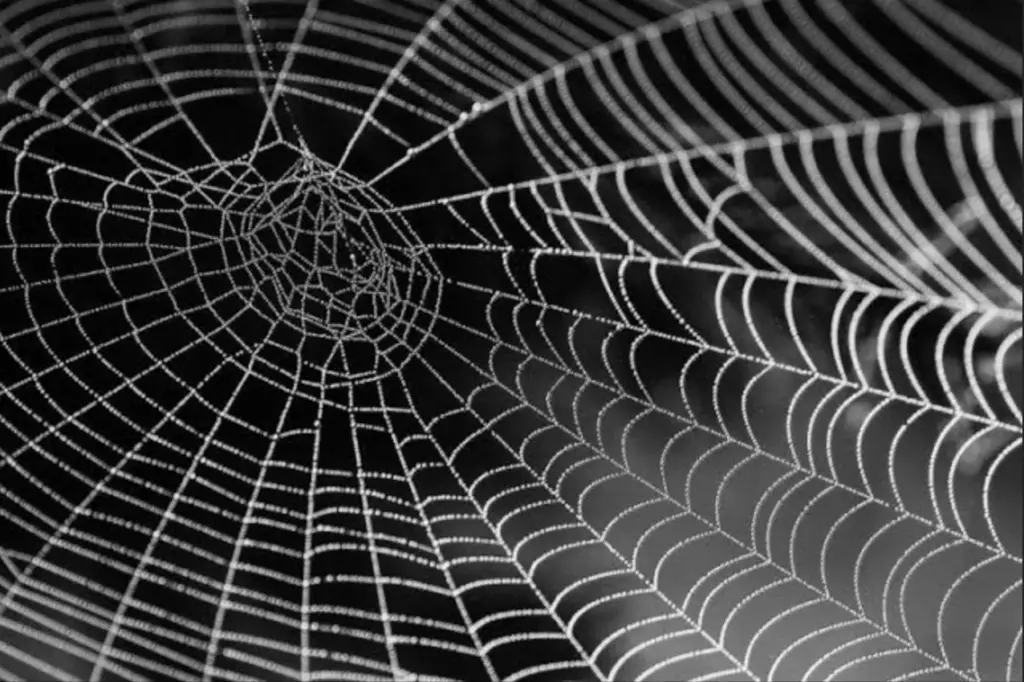
Spider webs are nature’s hidden masterpieces, delicate yet unbelievably strong. Spider silk is often said to be stronger than steel of the same thickness, but far lighter. Dragline silk, used for the main frame, has the power to absorb pressure without snapping. A strand as fine as human hair could hold a weight many times greater than the spider’s body. Scientists call it one of the most remarkable natural materials ever discovered. It stretches, bends, and resists force with a strength-to-weight ratio that continues to amaze engineers who still struggle to replicate its perfect balance of toughness and grace.
2. A Spider’s Daily Output
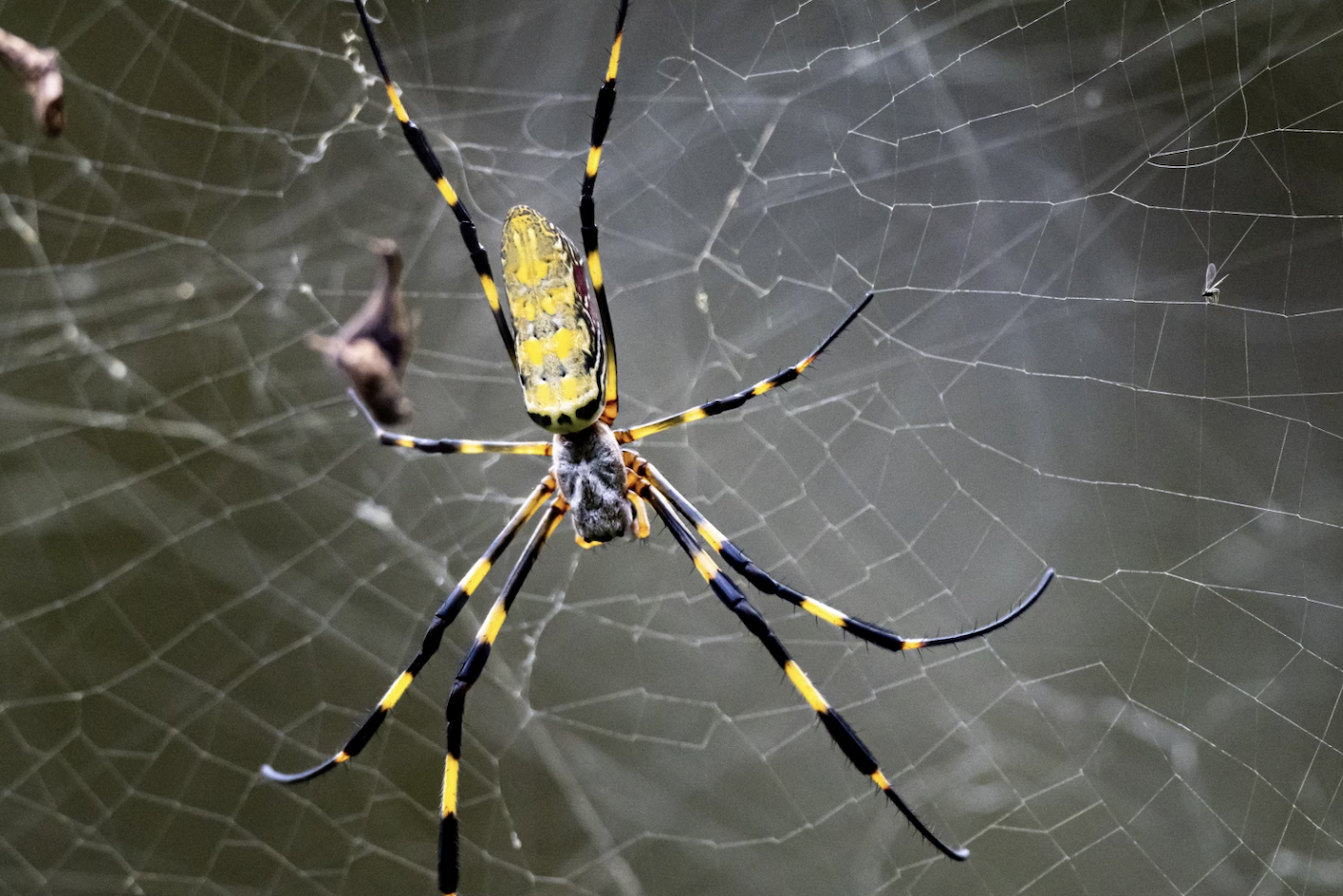
Spinning a web might look effortless, but it requires immense energy. Most orb-weaving spiders can produce about 65 feet of silk every single day, enough to create a completely new web each evening. The silk comes from special glands and is spun through small openings called spinnerets. After tearing down an old web, many spiders eat the silk to recycle its protein. This clever process allows them to conserve energy while maintaining perfect traps. Every evening, they begin again with precision and patience, proving that even the smallest creatures can follow disciplined, purposeful routines guided entirely by instinct and survival.
3. Nature’s Perfect Geometry
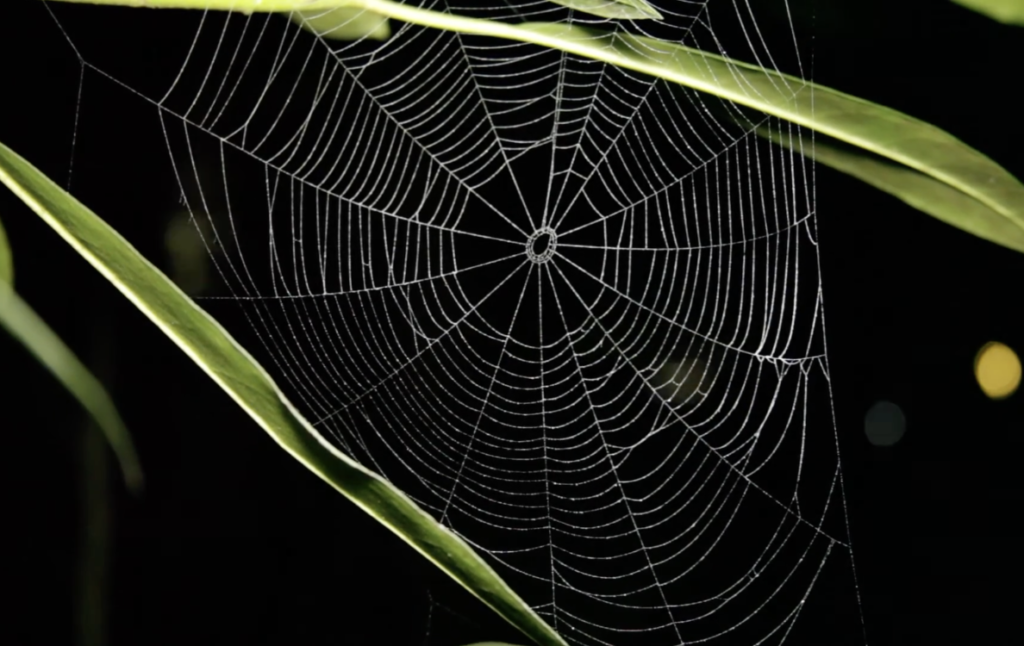
Spider webs are natural examples of geometry and precision. Their symmetrical spirals and radiating lines often look as if carefully measured. In truth, spiders rely purely on touch and rhythm, not sight or numbers. They use the span of their legs to determine distance as they spin, creating evenly spaced patterns that appear effortlessly mathematical. This design allows the web to stay balanced, distribute tension, and remain stable in wind. Over millions of years, evolution has fine-tuned every movement. The web is not just architecture but instinct turned into art, shaped by practice, purpose, and the quiet logic of nature.
4. Spanning Impossible Gaps
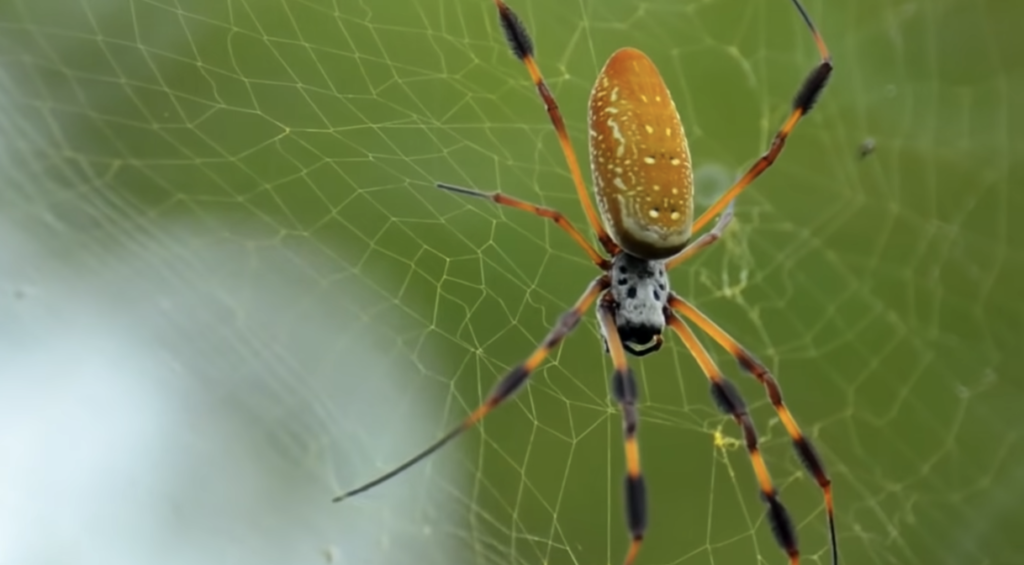
When a spider stretches a silk line across an open space, it seems almost magical. The process begins with patience and wind. The spider releases a single thread that floats until it catches onto another surface such as a branch or wall. Once anchored, it reinforces the silk and begins to cross. This method, known as ballooning, allows spiders to bridge wide gaps, sometimes even spanning water or streets. It is a remarkable feat of precision and timing achieved by tiny creatures that trust the air to carry their creations. Every connection becomes proof of nature’s perfect blend of courage and skill.
5. Sticky Yet Selective
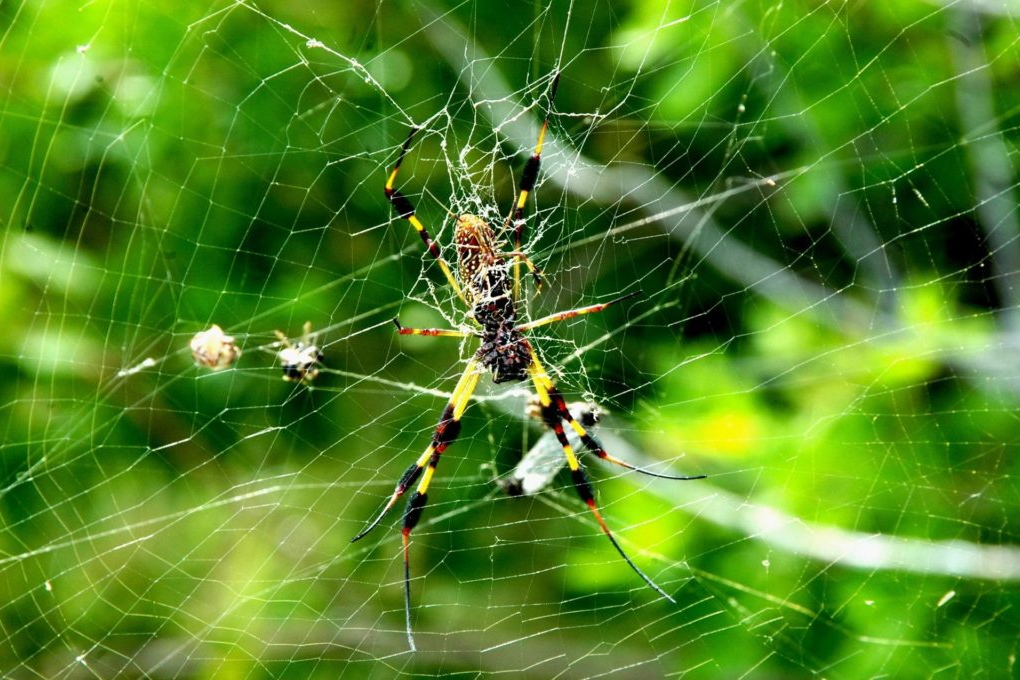
Every part of a spider web serves a specific purpose. The radial lines that act like spokes are smooth so the spider can walk freely, while the spiral strands are coated with sticky droplets that trap flying insects. This selective stickiness allows spiders to move across their webs without harm while ensuring prey cannot escape. The clever combination of grip and glide makes the web both a trap and a platform. It is an elegant design born from instinct and efficiency, showing that nature never wastes effort where simplicity can serve both beauty and survival in perfect harmony.
6. Different Webs for Different Spiders
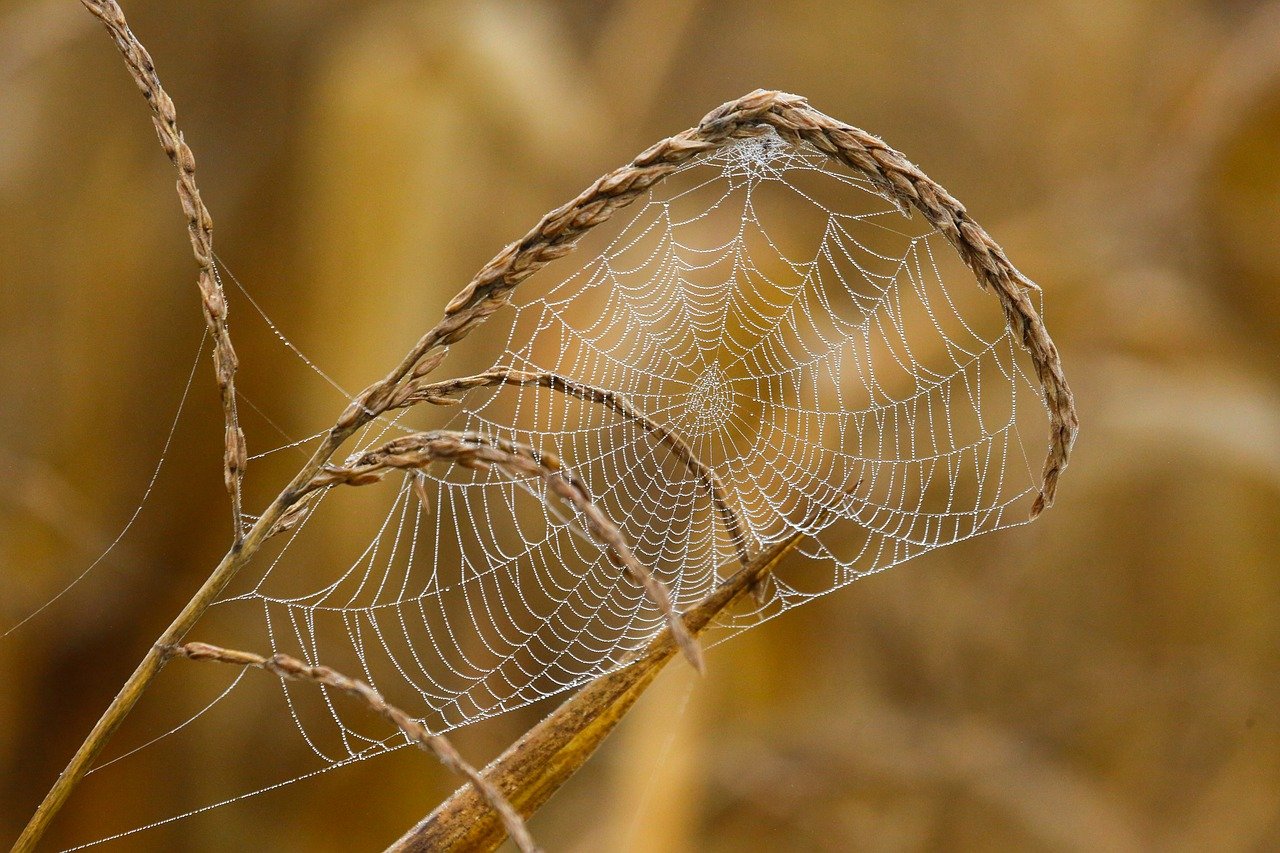
Not all spiders follow the same blueprint when it comes to web design. Some weave perfect circular webs, while others create chaotic cobwebs or long, narrow funnels. Bolas spiders use a single silk thread tipped with glue to catch prey like a lasso. Each style suits the spider’s lifestyle and hunting habits. Webs vary based on species, habitat, and weather, yet each design fulfills its purpose flawlessly. The diversity of webs reveals nature’s endless creativity. Every spider spins a reflection of its environment, proof that even among silk-makers, individuality thrives through instinct, adaptation, and silent precision perfected over time.
7. Silk as Survival Rope
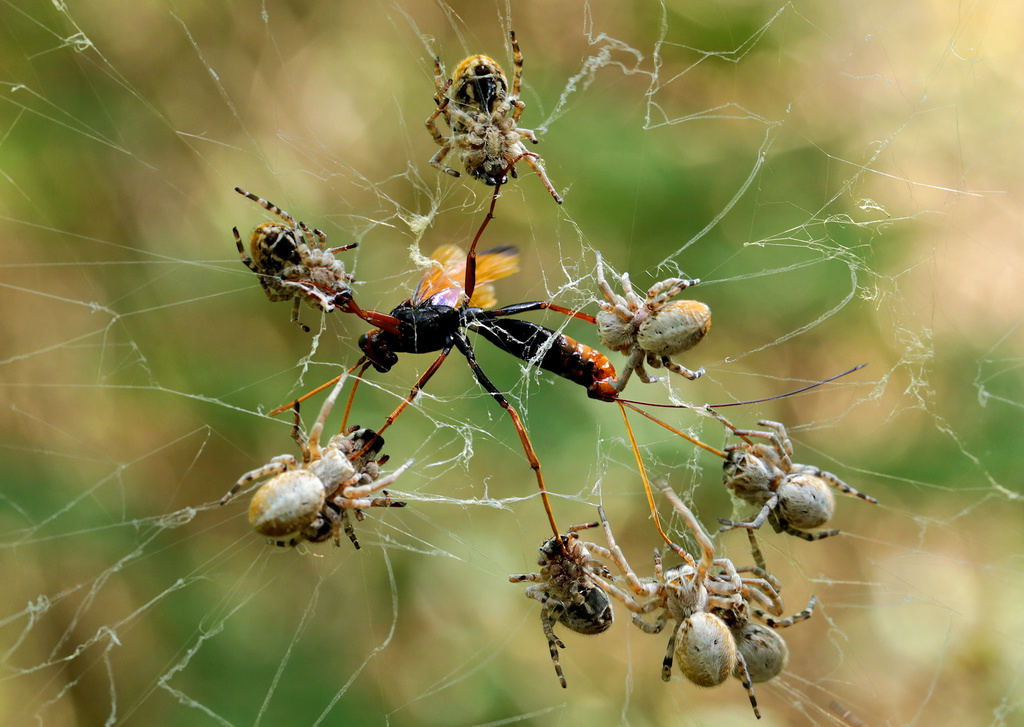
For spiders, silk is more than just a trap for prey; it is also a safety line, shield, and transport tool. As they move, many spiders leave a dragline trailing behind them, acting as a lifeline if they fall. They use silk to wrap prey, protect eggs, build shelters, and even travel. Young spiders use thin strands to float away on the breeze, a process called ballooning, which carries them miles from home. Silk supports every stage of a spider’s life. It is their rope, parachute, glue, and armor, all created naturally within their tiny yet extraordinary bodies.
8. The Elastic Advantage
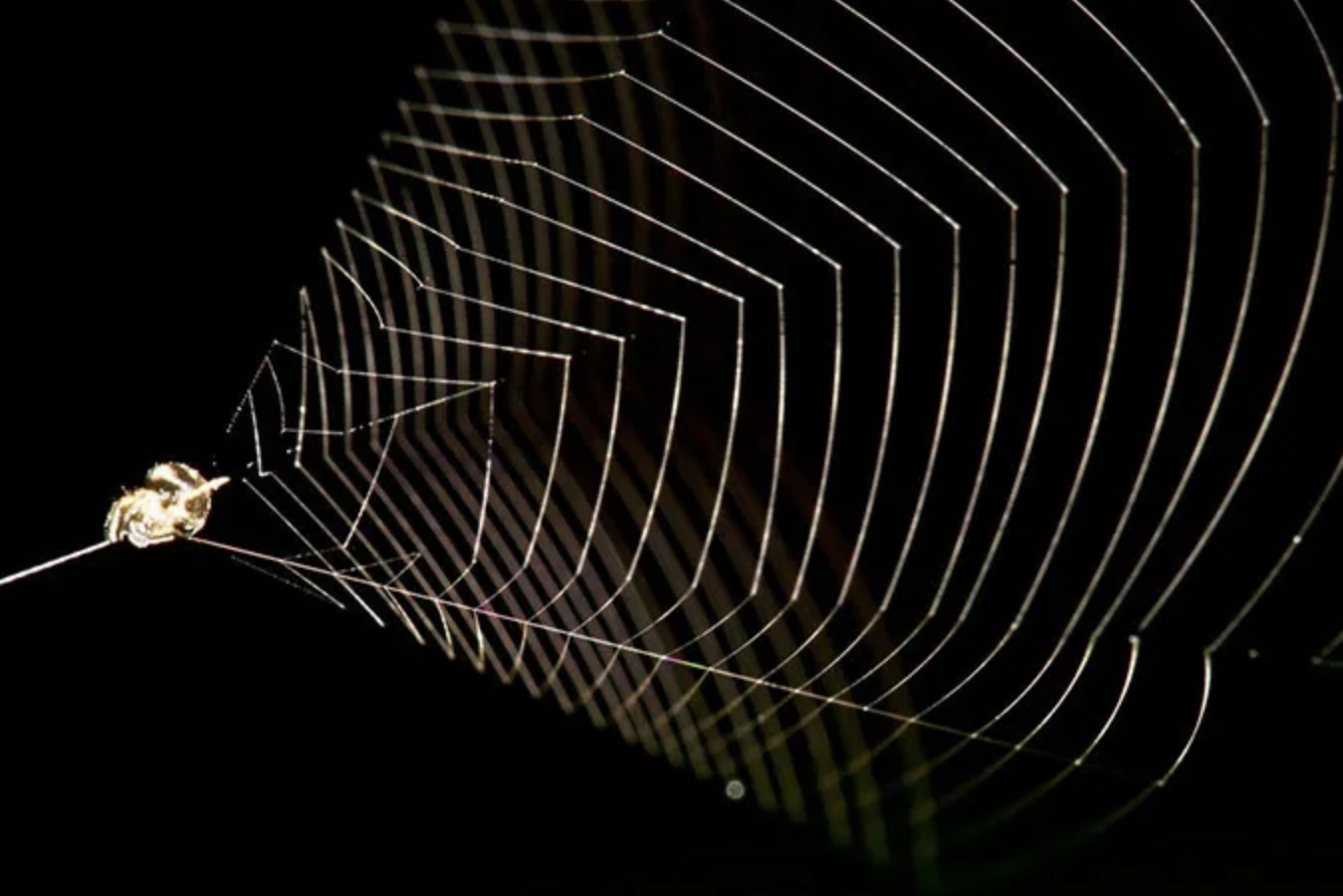
Spider silk can stretch up to five times its length without snapping. This elasticity helps webs absorb the shock of fast-flying insects that crash into them. Instead of breaking, the silk stretches, bounces back, and holds its shape. This balance between flexibility and strength allows the web to capture prey without falling apart. Engineers study silk’s unique structure to inspire stronger, more adaptable materials. It is proof that nature often solves problems humans are still trying to understand. Every strand is a lesson in how resilience and softness can exist together in one extraordinary material spun from instinct.
9. Invisible Traps in Plain Sight
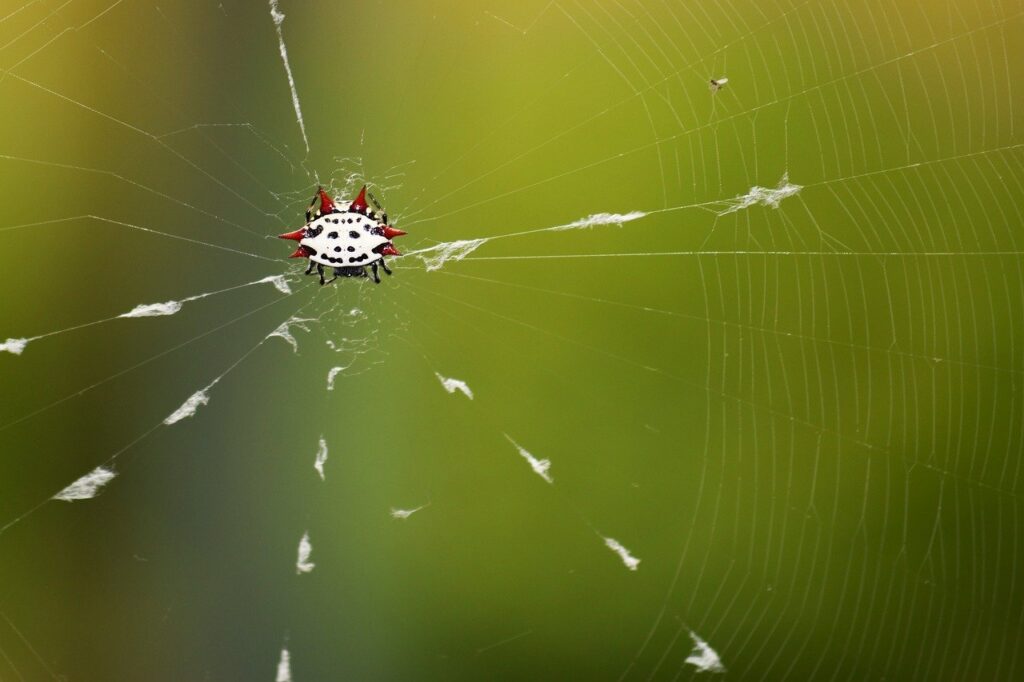
Spider webs are often so fine they are invisible unless light hits them just right. Many spiders build their webs at night, leaving nearly transparent traps for early morning insects. To a fly or mosquito, the web looks like empty space until it is too late. That invisibility is part of the design, making the web a perfect ambush tool. Humans discover it the hard way when walking into one unexpectedly. Though frustrating, that invisible strand across your face is proof of nature’s skill at hiding power in plain sight, where delicacy meets deception in the quietest form.
10. A Nightly Ritual
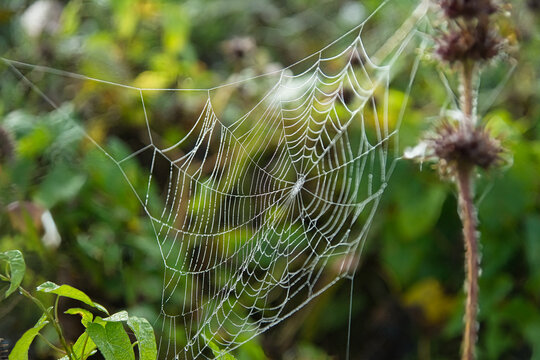
Many spiders rebuild their webs every night, tearing down the old ones and eating the silk to recover nutrients. This ritual keeps the web clean, sticky, and strong for new catches. Watching a spider at work is mesmerizing as it moves with quiet determination, guided by instinct alone. Each thread is placed with precision, as though following a pattern written in its nature. By morning, a glistening web stands ready to trap prey again. For the spider, this act is routine; for us, it is a reminder that beauty often comes from steady repetition and unspoken persistence.
11. Strong Enough to Catch Birds
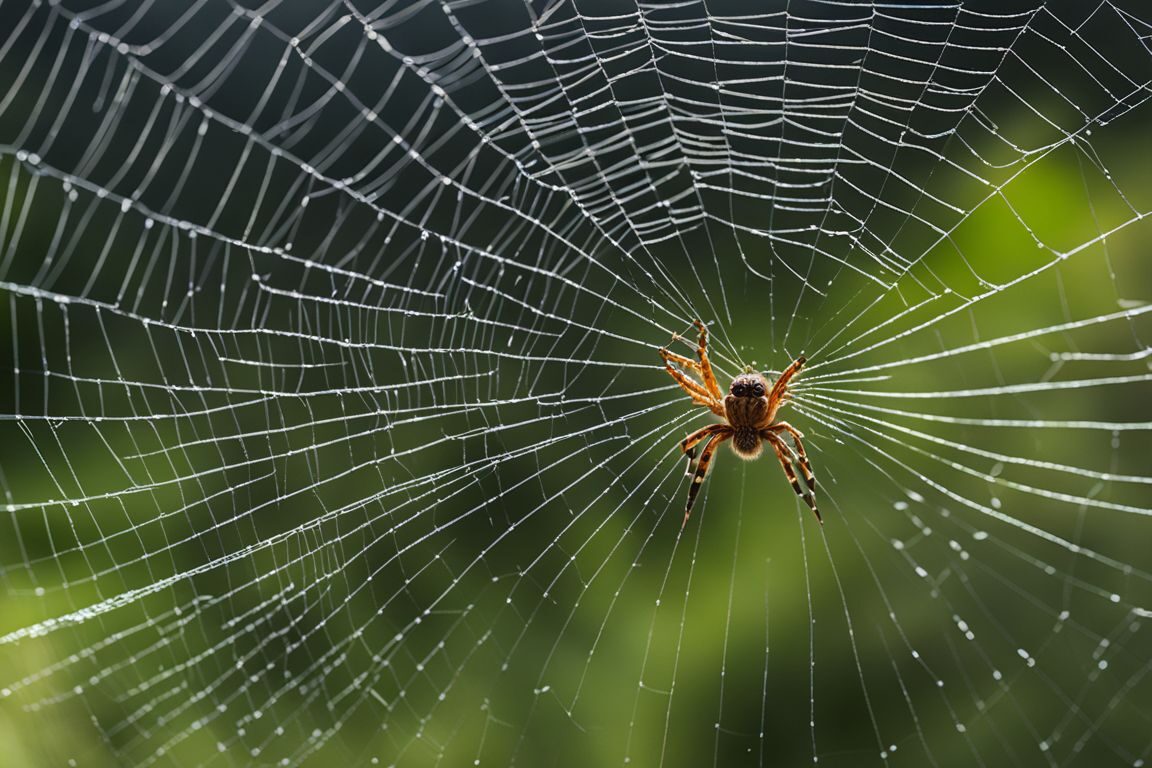
In some tropical regions, spiders spin webs so large and strong they can trap small birds or bats. The golden orb-weaver’s shimmering silk is particularly famous for its strength, often spanning wide paths between trees. These webs are built to endure heavy impacts, proving the incredible toughness of spider silk. Although birds are not their intended prey, such moments reveal the true scale of their engineering. A spider, with no tools or plans, can weave a structure capable of stopping flight itself, turning something delicate into one of nature’s most powerful natural constructions.
12. Silk That Shines in UV Light
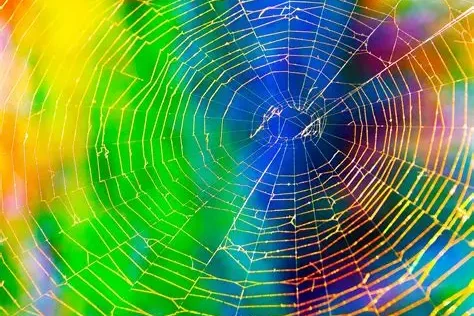
Many spider webs reflect ultraviolet light, which is invisible to humans but easily detected by insects. Flowers also reflect UV, so when insects see these glowing patterns, they mistake them for feeding spots. The result is a perfectly natural illusion that lures prey straight into the trap. This adaptation makes webs both invisible to predators and irresistible to victims. The glowing silk is nature’s version of a light trick, proving that spiders understand survival through deception. Each web is both shield and snare, blending science, beauty, and strategy into a silent masterpiece of light and silk.
13. Ancient Craftsmanship
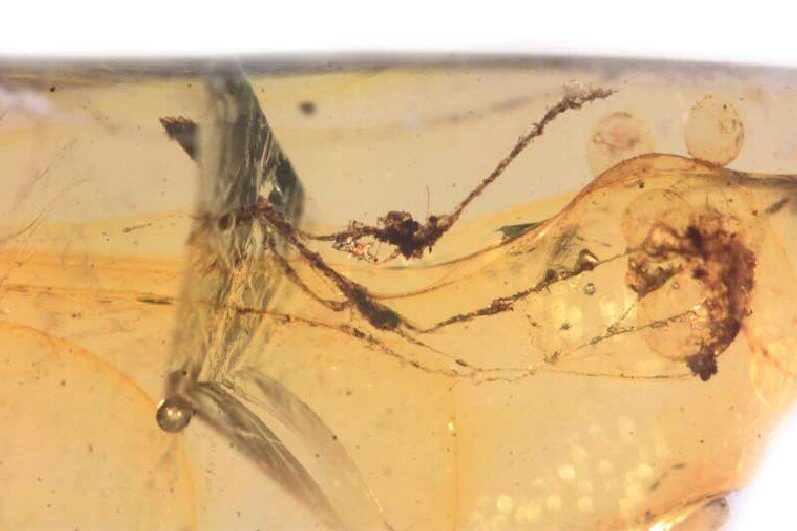
Spider silk is one of Earth’s oldest inventions. Fossilized webs preserved in amber show that spiders have been spinning silk for over 100 million years. Even in the age of dinosaurs, spiders used silk to trap prey, protect eggs, and travel. The fact that these delicate threads could survive in stone for millions of years is astonishing. Every modern spider continues a tradition refined through time, using the same materials perfected by evolution. When morning light catches a web glistening with dew, you are witnessing the living echo of craftsmanship older than humanity itself.
14. Silk Thicker Than Hair Yet Lighter Than Air
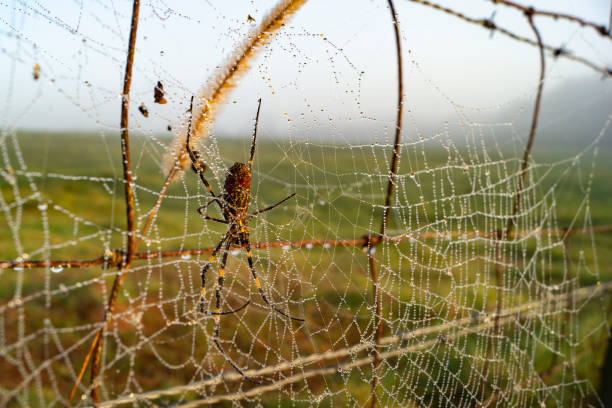
Spider silk is thinner than human hair but stronger by weight than steel. Twist enough strands together, and the result could form a rope capable of stopping something as fast as a plane. Yet it remains incredibly lightweight and flexible. The secret lies in its molecular structure, where strength and softness intertwine perfectly. Spiders, of course, spin it effortlessly, creating life-saving lines every day. It is one of nature’s finest examples of strength hidden in simplicity, showing that true power often appears in the most delicate and unexpected forms.
15. The Egg-Sac Fortress
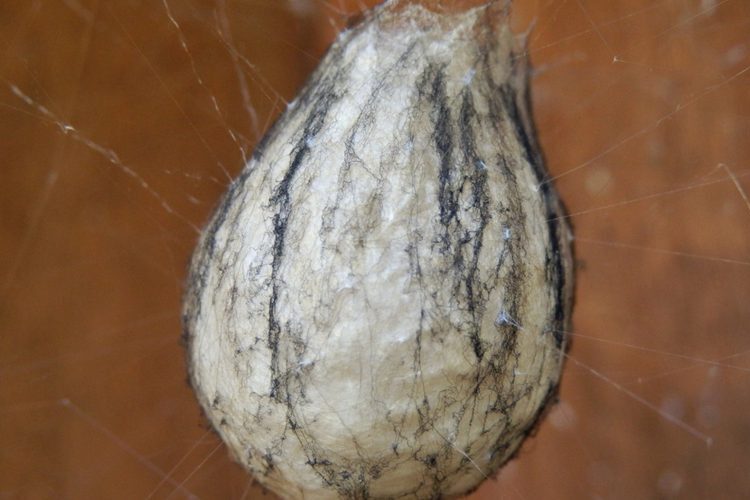
Spider mothers are some of the most dedicated builders in nature. They spin thick silk sacs to protect hundreds of tiny eggs, wrapping them in layers of softness and strength. These sacs act like miniature fortresses, keeping the young safe from predators, moisture, and cold. Some spiders even hide them under leaves or guard them tirelessly until hatching. The silk is more than just protection; it is a symbol of instinctive care. Each egg sac represents a mother’s quiet commitment, a shelter built with purpose, patience, and the simple power of love spun into silk.
16. Music in the Web
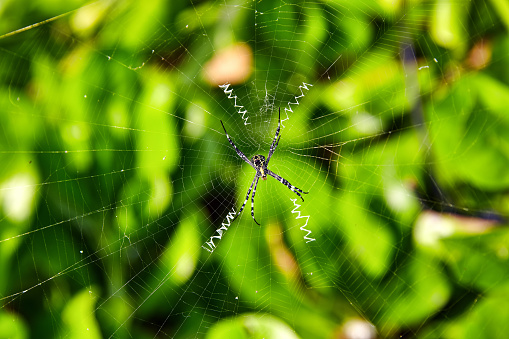
A spider’s web is not silent. Every vibration tells a story. When a fly lands, the spider feels it instantly through its legs. The web acts like a stringed instrument, transmitting soundless music of movement and rhythm. Some males use gentle vibrations to attract females, a form of communication as delicate as the web itself. Scientists describe it as nature’s own Morse code. Through these signals, spiders read their surroundings without sight. Each tremor is a message, every thread a line of melody, turning the web into both a trap and a living instrument of awareness.
17. The Daily Silk Economy
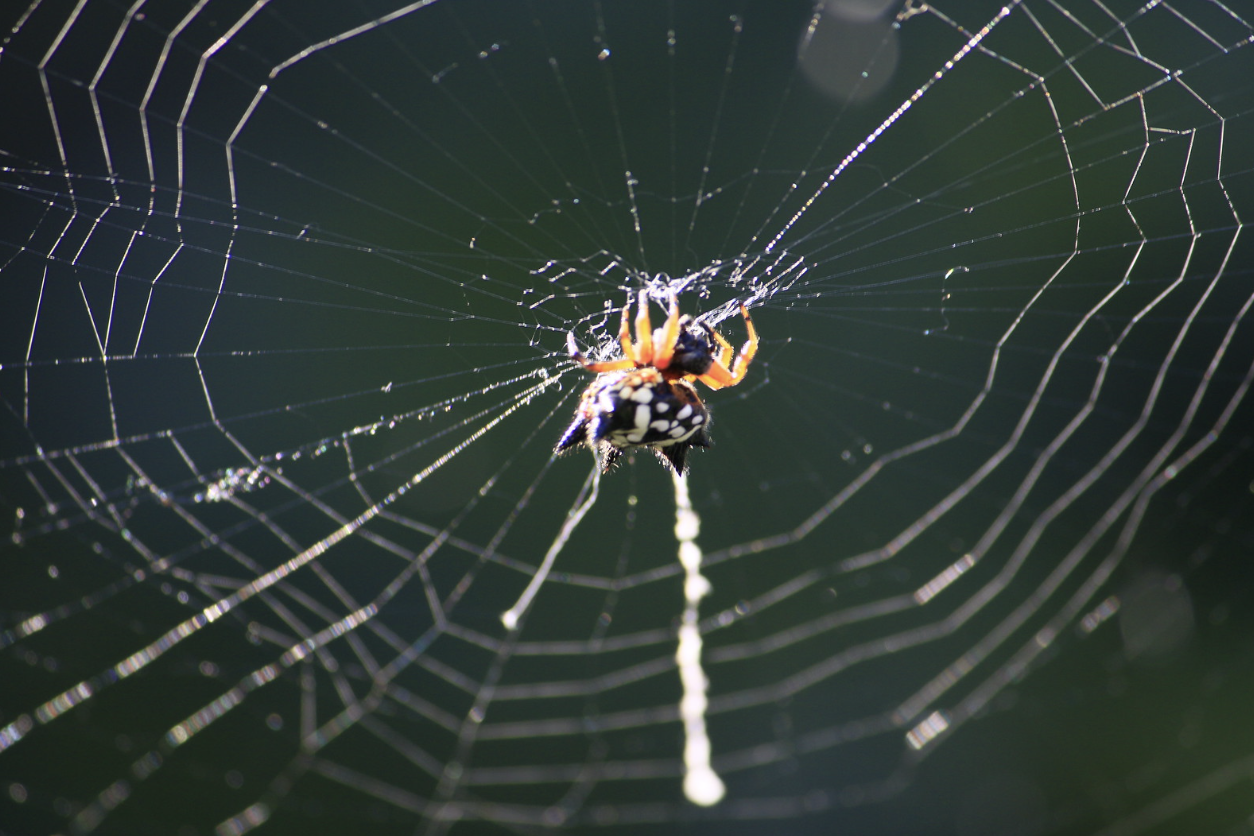
Producing silk is an energy-intensive process that demands efficiency. Spiders consume a significant portion of their daily energy creating it, so they rarely waste a strand. By eating old webs, they recycle valuable proteins that fuel new spinning. This closed-loop system shows nature’s genius for sustainability. Every thread has purpose, serving first as a trap, then as nourishment. Spiders live by this circular economy, proving that survival depends on balance and resourcefulness. Their constant rebuilding reminds us that renewal, not waste, sustains both life and strength within even the smallest corners of the natural world.
18. Camouflage and Concealment
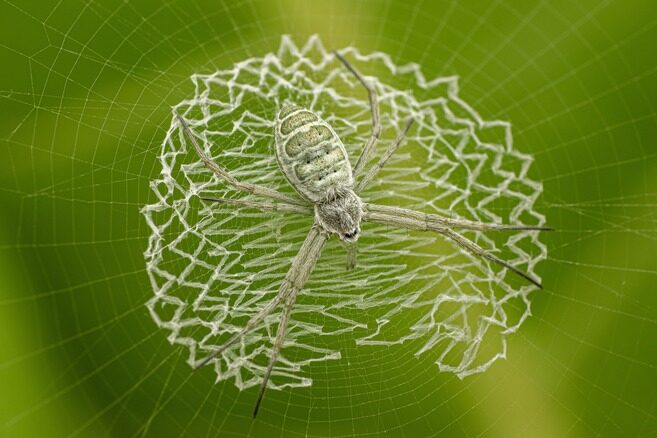
Some spiders decorate their webs with unique silk patterns known as stabilimenta. These zigzag designs reflect light and may deter birds or attract insects. While scientists once thought they were random, research suggests they serve multiple functions, from camouflage to advertising presence. The added silk breaks up the web’s outline, making it blend into the background or shimmer attractively in sunlight. These designs show spiders as artists as much as hunters. Each pattern reflects a creative instinct to protect and enhance their work, blending artistry and purpose in one graceful design of survival.
19. A Web as a Home
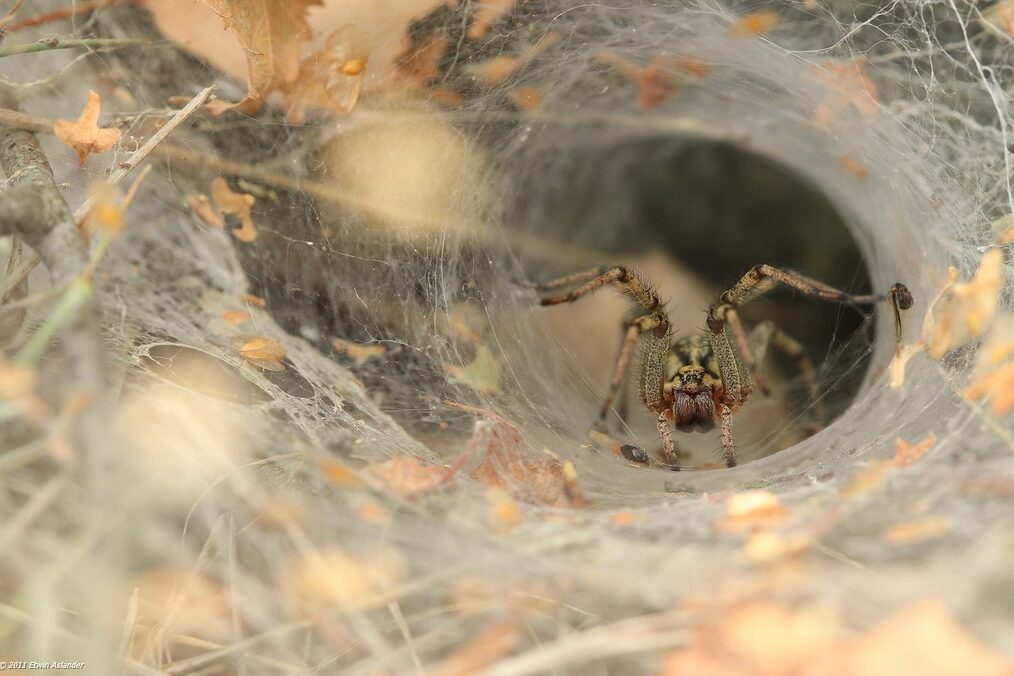
While many spiders rebuild their webs daily, others live in them for weeks or months. Funnel-web and cobweb spiders turn silk into both a shelter and a hunting tool. Inside, they wait quietly, sensing vibrations that signal a trapped insect. The web becomes their home, meal spot, and safety zone all at once. For these spiders, silk is more than function; it is comfort and continuity. Their small worlds of woven threads remind us that even the simplest homes can offer peace, protection, and a quiet place to belong.
20. Dewdrop Jewels
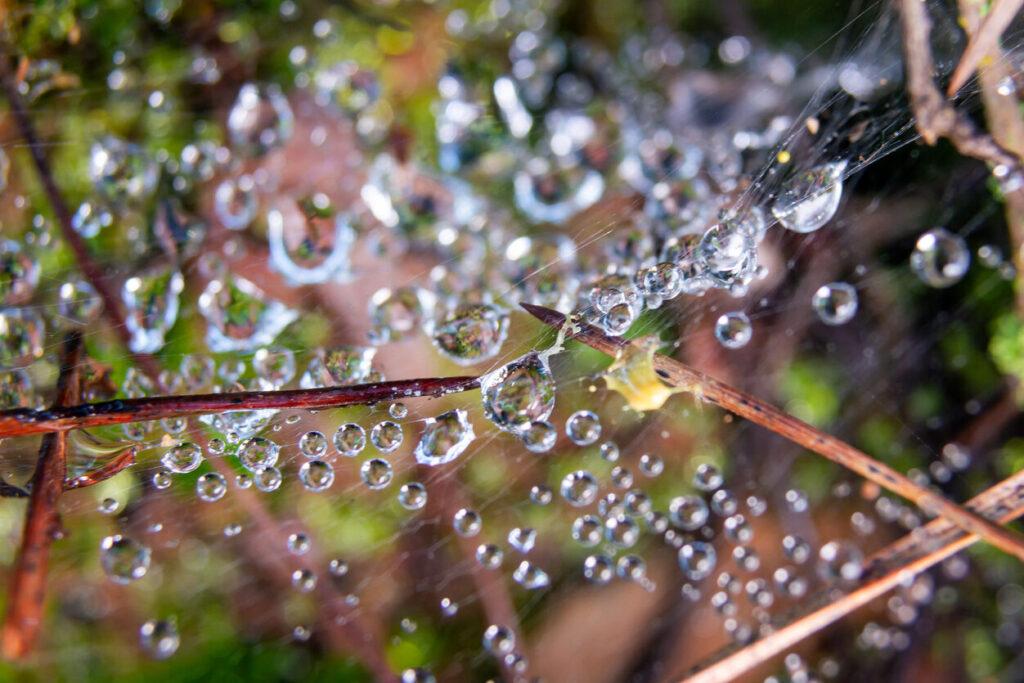
When the morning sun meets a dew-covered web, it transforms into something magical. Each droplet glitters like a tiny jewel, highlighting the precision of every thread. To us, it looks breathtaking, but for the spider, dew can make catching prey harder by weighing the silk down. Even so, these jeweled webs are among nature’s most beautiful sights. They capture a brief, delicate balance between light and structure. Each shimmering web reflects the quiet artistry of a creature working unseen, reminding us to find wonder in small moments we often overlook.
21. Webs as Disposable Tools
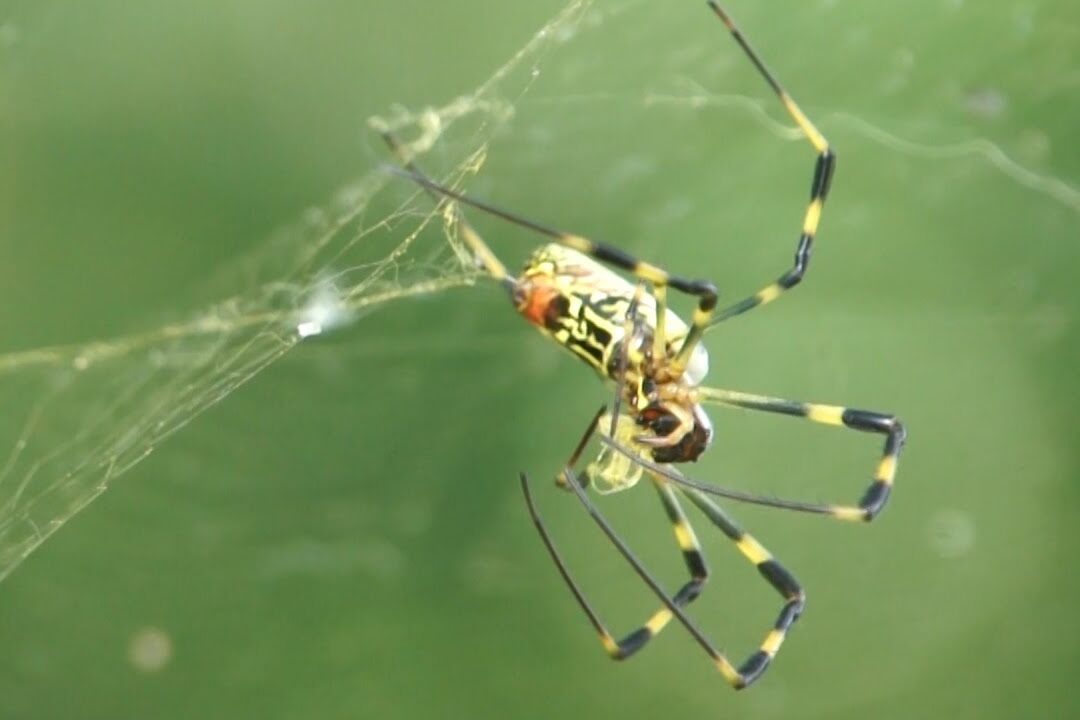
Many spiders build new webs every day, treating them like single-use tools instead of permanent homes. Rain, wind, and dust make webs less sticky, so spiders dismantle them and start again. They eat the old silk to recover proteins before spinning fresh lines. It is a recycling routine that saves energy while keeping traps effective. To us, a torn web may seem like clutter, but for the spider, it marks the end of one cycle and the beginning of another. Their quiet persistence shows that renewal is sometimes the strongest form of survival.
22. Silk for Courtship
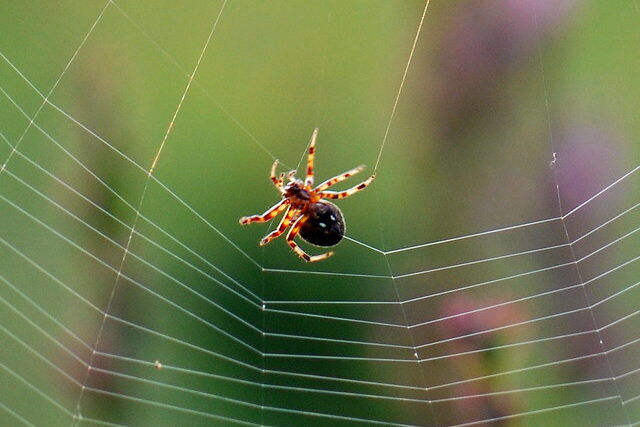
Male spiders sometimes weave special webs to win over females. They lace their silk with pheromones or tap on existing webs to send rhythmic signals of attraction. Some even wrap captured insects as gifts, presenting them carefully to avoid becoming a meal themselves. This unique courtship ritual is a mixture of art, chemistry, and survival. While humans use words and flowers, spiders rely on movement and thread. Each vibration speaks a message of hope and patience, reminding us that love in nature often blooms not through beauty alone, but through cleverness and timing.
23. Webs Across Water
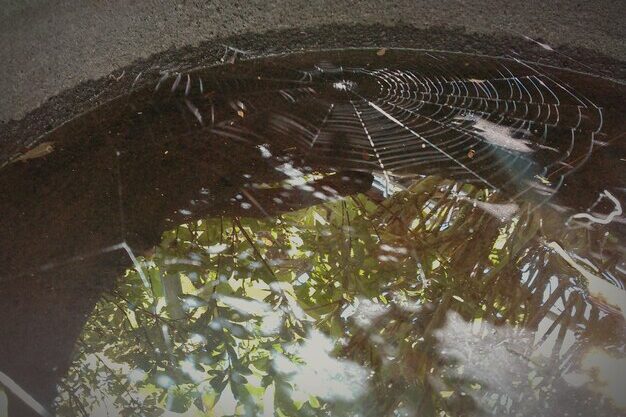
It is always astonishing to see spider webs stretched across ponds, rivers, or small streams. These airborne engineers build wide nets above water to catch insects that hover near the surface. To bridge such gaps, the spider releases a silk line into the breeze until it catches on a branch or reed across the way. Then it reinforces the thread and begins weaving. The result is both practical and poetic. What looks fragile actually endures moisture, motion, and reflection, turning shimmering waters into sparkling hunting grounds where patience meets precision.
24. The Hidden Architecture
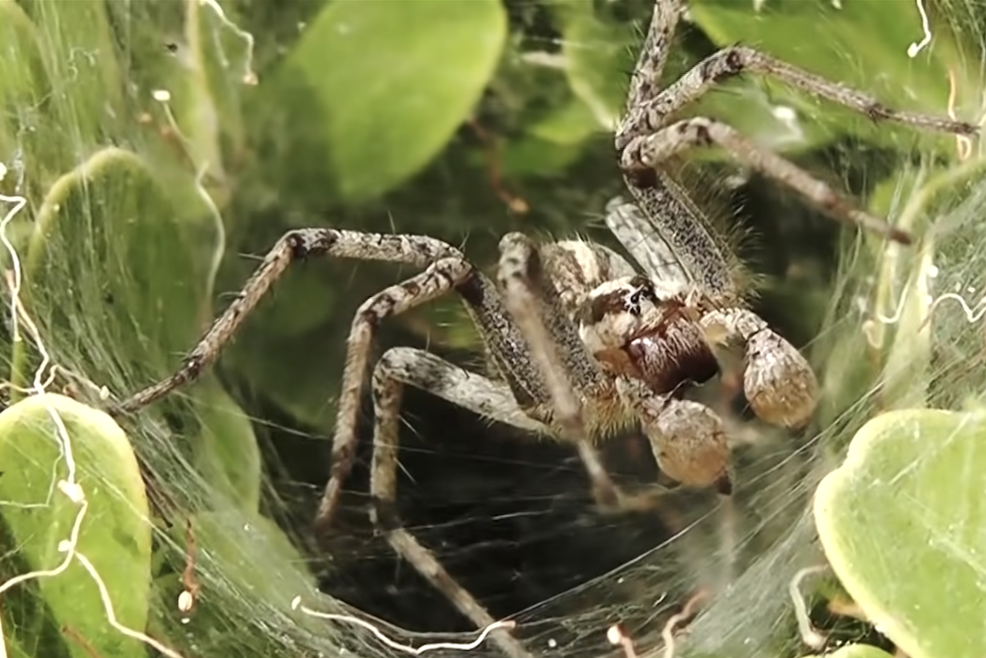
A spider’s web may seem simple, but what we see is only part of the masterpiece. Beneath the visible spiral lies a network of support lines anchored to walls, leaves, or branches. These hidden strands bear the real weight of the structure, distributing tension evenly so the web can survive gusts of wind and struggling prey. Without them, the web would collapse in seconds. It is much like buildings whose beauty rests on unseen foundations. Every shimmering web hanging between trees is a reminder that invisible work often sustains the visible world.
25. Spiders With No Webs at All
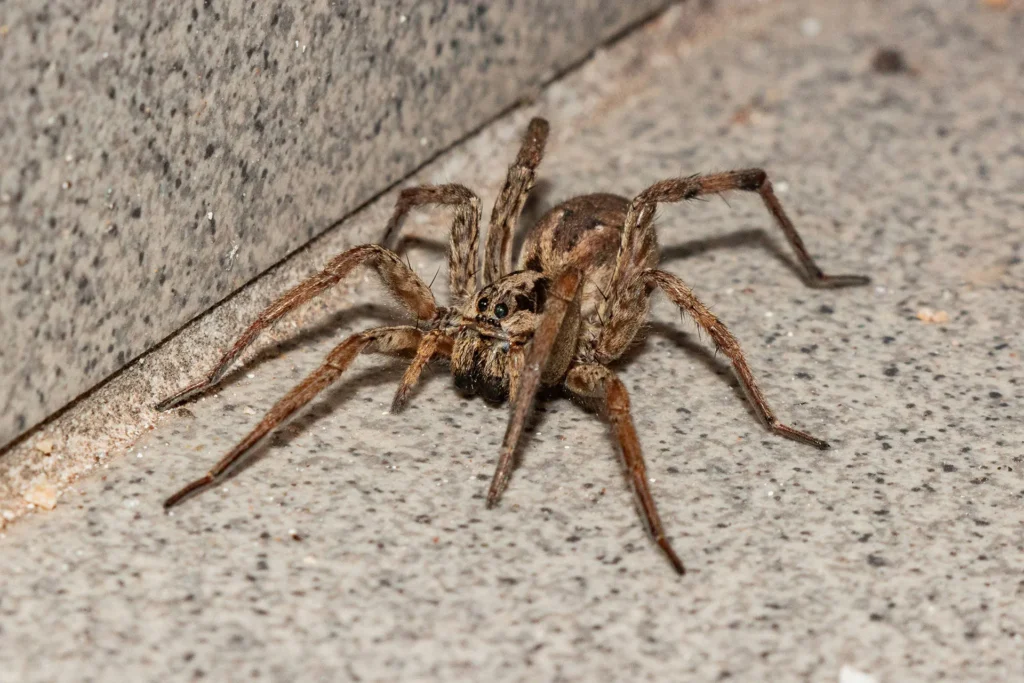
Not every spider relies on webs for food. Wolf spiders chase their prey on the ground, while jumping spiders leap with precision and power. Tarantulas wait patiently in burrows, depending on ambush rather than architecture. Yet even these hunters use silk for safety lines and egg protection. Orb-weavers may be master engineers, but web-free spiders remind us there is more than one path to survival. Some choose speed over patience, muscle over geometry. In the end, each species tells a different story of adaptation, proving that nature never limits creativity to a single design.
26. The Sound of Silence
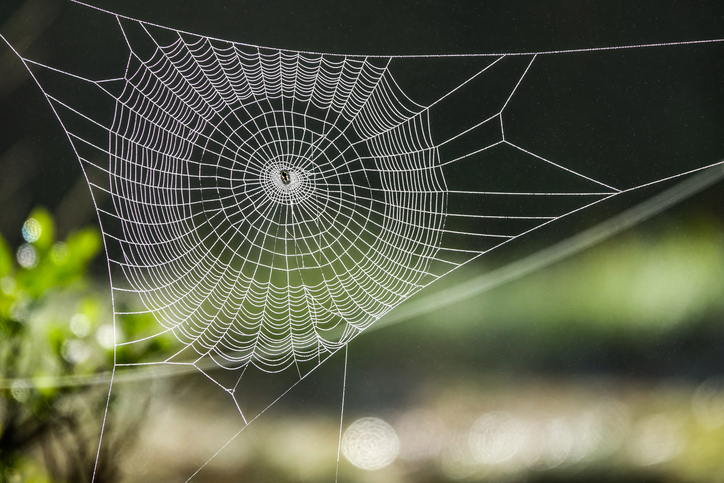
If spiders had a soundtrack, it would be silent yet rich with meaning. Every vibration that trembles through a web carries information. A flutter means prey, a soft ripple means the breeze, and sometimes a steady rhythm means a courting partner. Scientists have amplified these vibrations to create real sounds from silk, describing them as eerie music born of instinct. To the spider, this silent symphony guides survival. What we cannot hear still plays endlessly in nature, showing that communication is not always loud but deeply felt through the quiet pulse of creation.
27. Webs That Glow in Moonlight
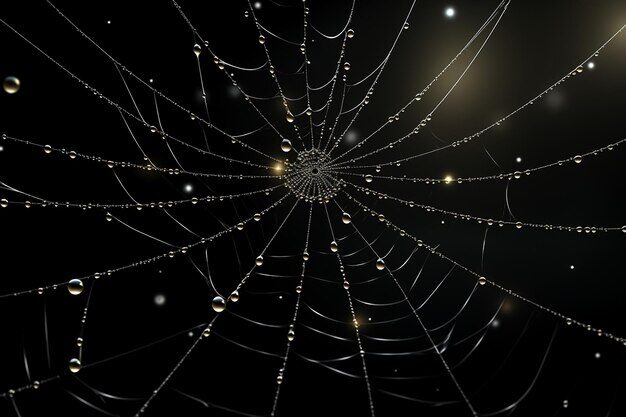
Walk through a garden at night and you may glimpse a soft shimmer floating in the air. Some spider webs reflect moonlight in ways that make them almost glow. This light trickery confuses insects, which mistake the reflections for open space and fly straight in. Humans see it as beauty, but for spiders it is strategy. The faint glow lures, hides, and protects all at once. Under the silver light, these webs become both invisible traps and luminous art, reminding us that even in darkness, nature finds ways to shine.
28. Extreme Weather Survivors
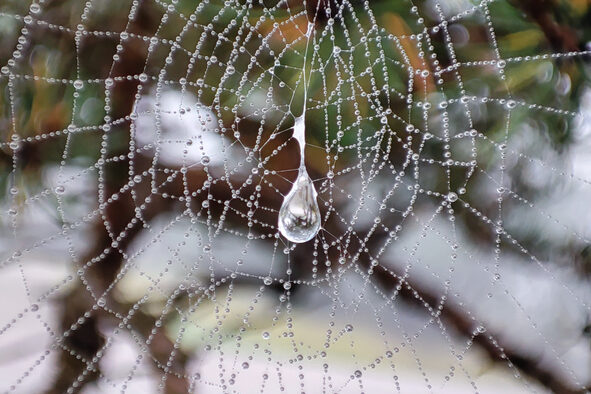
Spider webs might look fragile, yet they withstand storms that bend trees and scatter leaves. The silk stretches rather than breaks, dispersing the force evenly across each strand. When rain falls, droplets simply roll off the waterproof surface instead of soaking through. This resilience keeps webs functional long after other materials would fail. Engineers study these properties to design flexible buildings and shock-absorbing materials. Every web caught in the wind tells the same quiet truth: strength does not always come from hardness but from the grace to bend and hold.
29. Webs in Human Homes
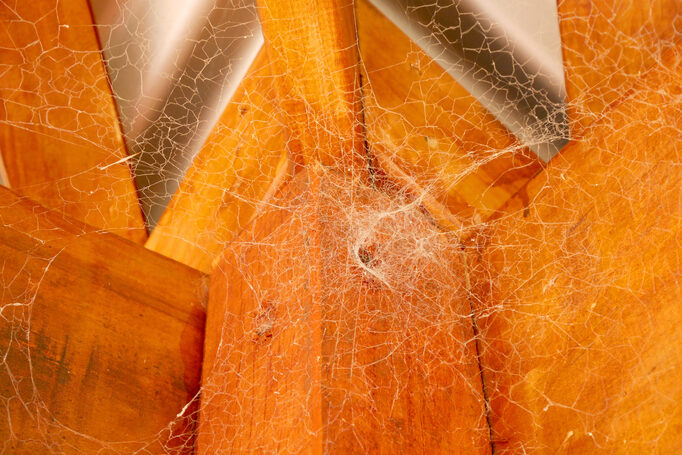
That dusty web in the corner of a ceiling might look abandoned, but chances are, its maker still lurks nearby. House spiders weave irregular cobwebs that seem messy but are perfectly adapted to catching small insects indoors. These webs last for weeks, thickening as dust settles. Instead of rebuilding daily, the spider maintains and expands its trap, saving energy while ensuring a constant food supply. It is easy to mistake them for neglect, yet each thread represents patience and precision. Even in quiet corners, nature’s architecture is working silently beside us.
30. Artistic Inspiration
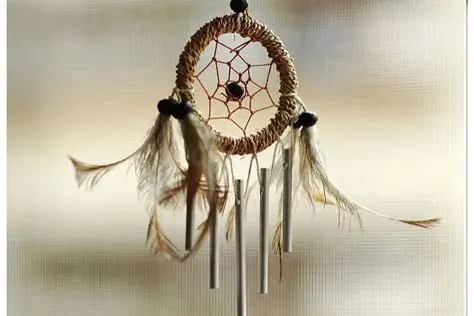
Spider webs have inspired art for centuries. Their symmetry, patience, and fragility mirror human experiences of time and creation. Ancient cultures used them as symbols of fate, weaving, and destiny. Native American dreamcatchers were modeled after web patterns meant to protect the mind. Poets compare their shimmer to the fragility of hope, and architects study their tension and strength for design insight. A spider’s daily craft becomes humanity’s lasting metaphor. When morning dew lights up a web, it feels as though art and life are connected by threads only nature could spin.
31. Web Silk and Medicine

The same silk that traps insects could one day heal humans. Researchers have discovered that spider silk is strong, flexible, and safe for the body. It can be used to make surgical stitches, nerve guides, and artificial tissues. In some traditional settings, people even pressed webs onto wounds to stop bleeding and reduce infection. While farming spiders is difficult, scientists now create artificial silk to replicate its strength. What once symbolized fear now represents healing, proving that nature’s inventions often hold the keys to human innovation and care.
32. Giant Web Colonies
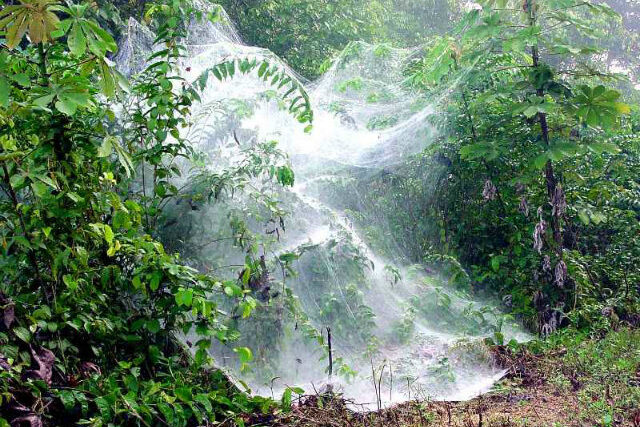
Most spiders live alone, but some species work together, spinning vast silk cities that stretch over bushes, trees, and fences. These giant webs can host thousands of spiders sharing space and prey. They usually appear after heavy rains or insect booms when food is abundant. To see such a colony is both mesmerizing and eerie, a landscape glittering with cooperative precision. Each strand is a link in a larger network, showing that even solitary creatures can unite under survival’s common goal. In their world, teamwork truly strengthens the thread.
33. Invisible Engineers
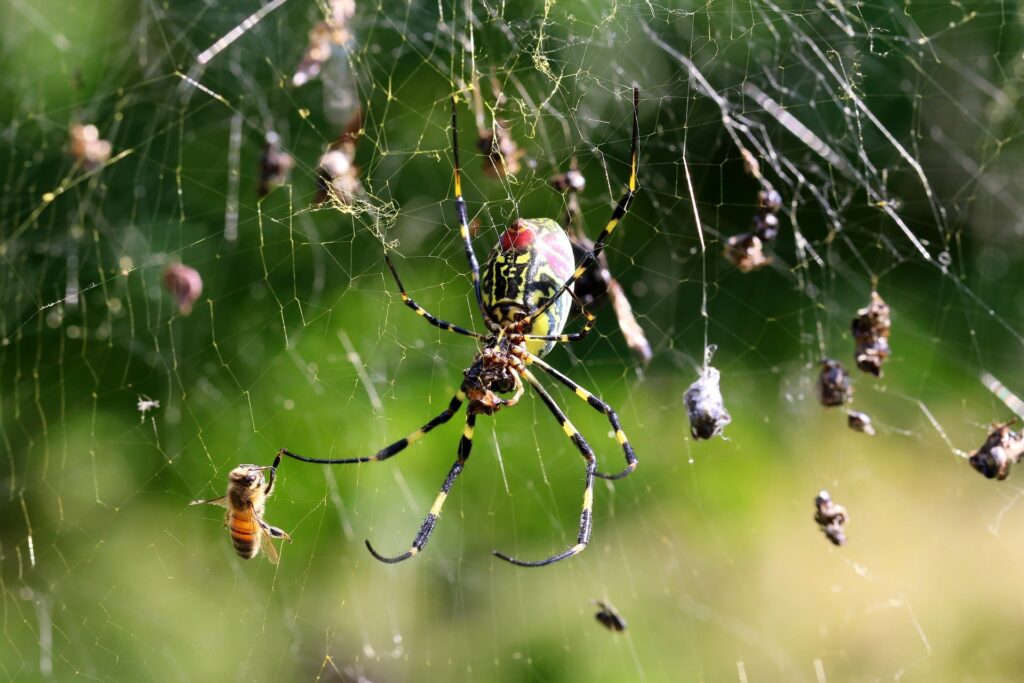
Spiders are unsung heroes in keeping ecosystems balanced. Their webs trap billions of insects every year, acting as natural pest control systems. Yet people often brush away webs without realizing the quiet work they represent. Each structure requires skill, energy, and patience. Without spiders, insect populations would quickly grow unchecked. These tiny engineers, working invisibly at night, build with purpose and precision. The next time a web glistens across your window, pause before sweeping it away. You might be looking at one of nature’s most efficient and delicate inventions.
34. The Science of Stickiness
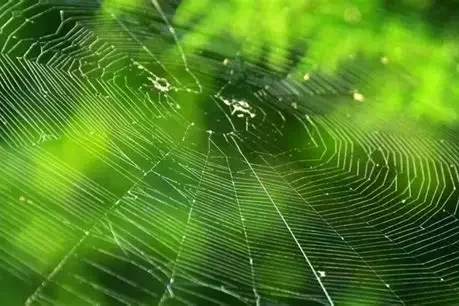
The glue that coats spider silk is a masterpiece of chemistry. Made from proteins that retain stickiness even in humidity, it stretches with the silk without tearing. Each droplet is spaced perfectly to catch wings or legs without weighing the web down. Scientists study this natural adhesive to design waterproof glues for medical and industrial use. What spiders figured out instinctively, humans now try to replicate in laboratories. Every sticky thread that shimmers in sunlight tells a quiet story of evolution’s unmatched engineering and patient design.
35. Spiders in Space

When scientists sent spiders into space, they wanted to know if webs could be made without gravity. The first few attempts produced tangled results, but soon the spiders adapted, creating near-normal webs by using light and movement as guides. This discovery proved that web-building is deeply instinctive, not dependent on Earth’s pull. Watching a spider spin silk in zero gravity fascinated astronauts, who saw it as a symbol of adaptability. Even among the stars, the humble spider continued weaving, proving that creativity can thrive anywhere, even in weightlessness.
36. Silk That Resists Aging
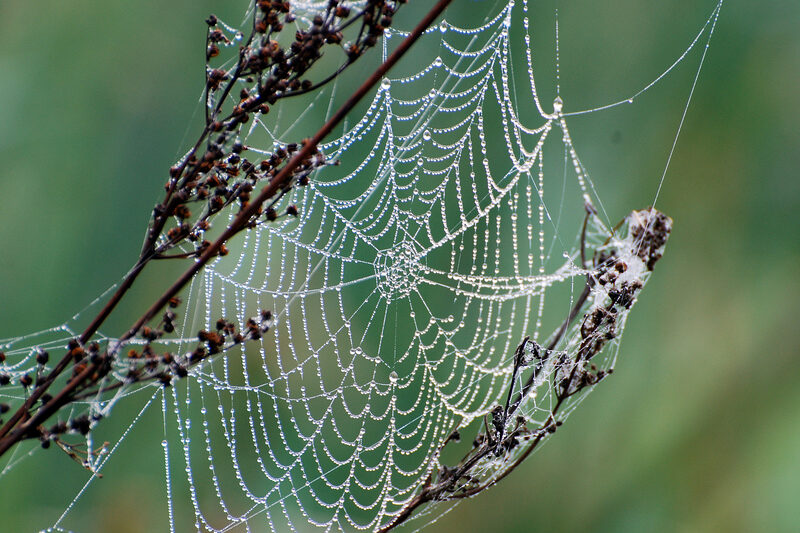
Spider silk defies time. Unlike most natural materials, it does not grow brittle or weak with exposure to sunlight or air. Tests show it can remain strong for years, even in harsh outdoor conditions. This durability has inspired scientists to explore its use in long-lasting clothing and lightweight construction materials. The secret lies in silk’s molecular structure, which allows flexibility and repair at a microscopic level. In an age chasing sustainability, spiders quietly mastered it. Their threads remind us that true strength is not about lasting forever but aging gracefully.
37. Webs as Warning Systems
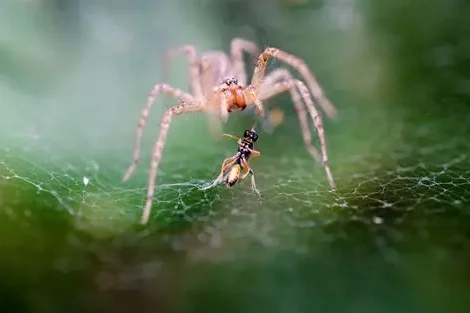
A spider web doubles as both a trap and a sensor. Each vibration that ripples through the silk tells the spider what is happening. A slight tremor signals wind, while a sharp buzz means dinner has arrived. Some spiders can even identify the size and type of insect caught from these signals. It is their natural alarm system, efficient and precise. Humans use radar and sensors, but spiders manage the same through instinct alone. Every trembling web is alive with communication, nature’s version of a perfectly tuned instrument.
38. From Myth to Legend
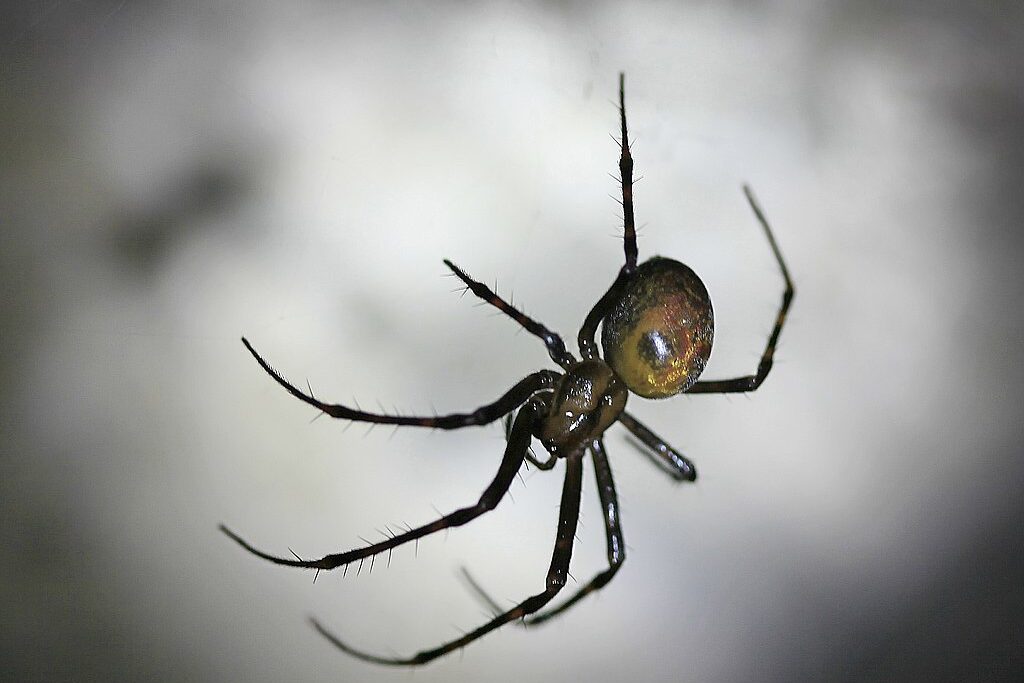
Spiders have long crept into myths and legends as symbols of wisdom and creation. In African tales, Anansi the spider teaches lessons about cleverness and courage. Greek stories link the first weaver to a mortal woman transformed by jealousy. Even Native American traditions describe the spider as a protector, spinning webs that connect dreams to destiny. Across cultures, these legends share a common thread: patience, craft, and resilience. Whether feared or revered, spiders remind us that creativity often grows from stillness, and every web tells a story older than time.
39. Architects in Training
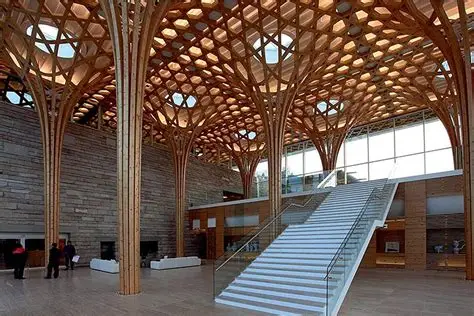
Architects and engineers study spider webs to learn how to balance beauty with strength. The silk’s radial design distributes stress evenly, preventing collapse when prey struggles or the wind blows. Modern bridge cables, domes, and suspension structures borrow from this same principle. In classrooms, students analyze web geometry for insight into sustainable design. Spiders do not plan or measure, yet their creations surpass many human inventions in efficiency. Every web hanging between trees or fences becomes a lesson in structure, reminding us that genius often comes from instinct, not blueprints.
40. Fragile Yet Eternal
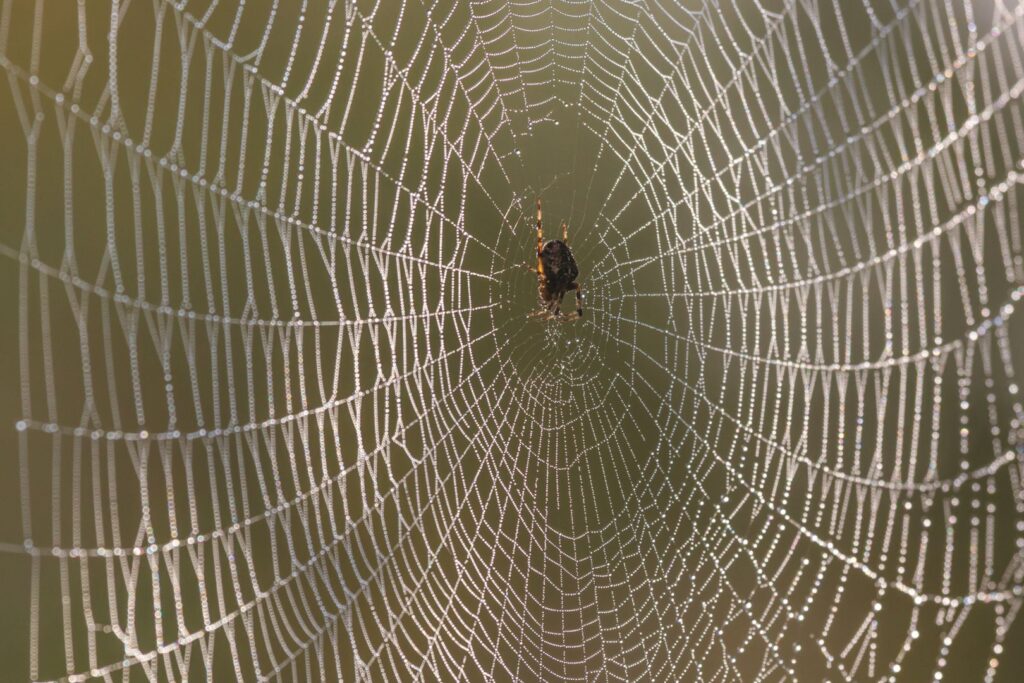
A spider web’s life is short, yet its legacy feels eternal. Each night, new threads are spun, and old ones fade, but the design endures across generations. What looks like fragility is actually a timeless blueprint of strength and patience. The spider’s work reminds us that endings are rarely final; they simply make way for new beginnings. When morning dew catches on a fresh web, it glows like a quiet celebration of persistence. The art of weaving continues, proving that even in silence, beauty and purpose are endlessly renewed.
This story 40 Astonishing Facts About Spider Webs That Will Leave You Stunned was first published on Daily FETCH


